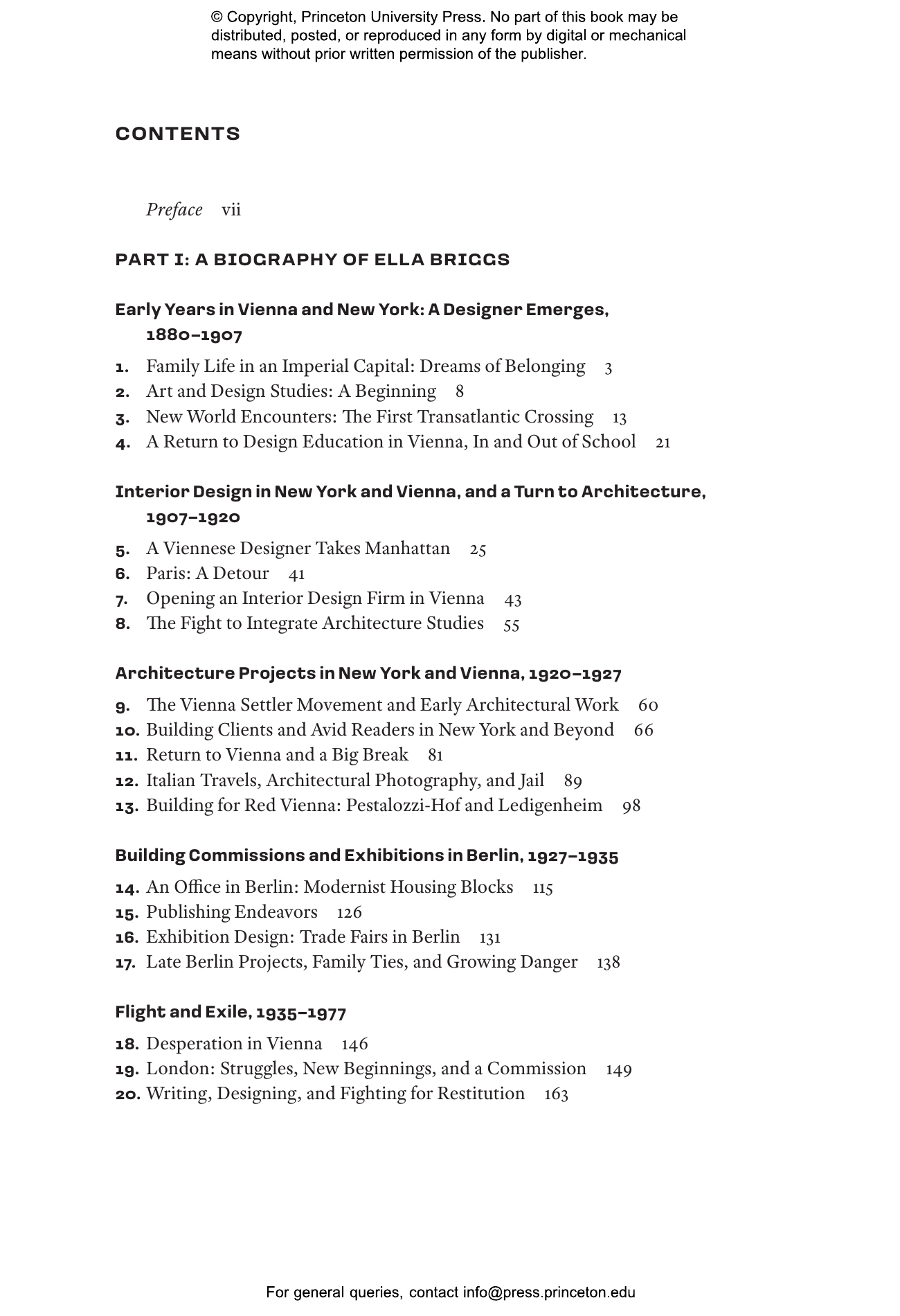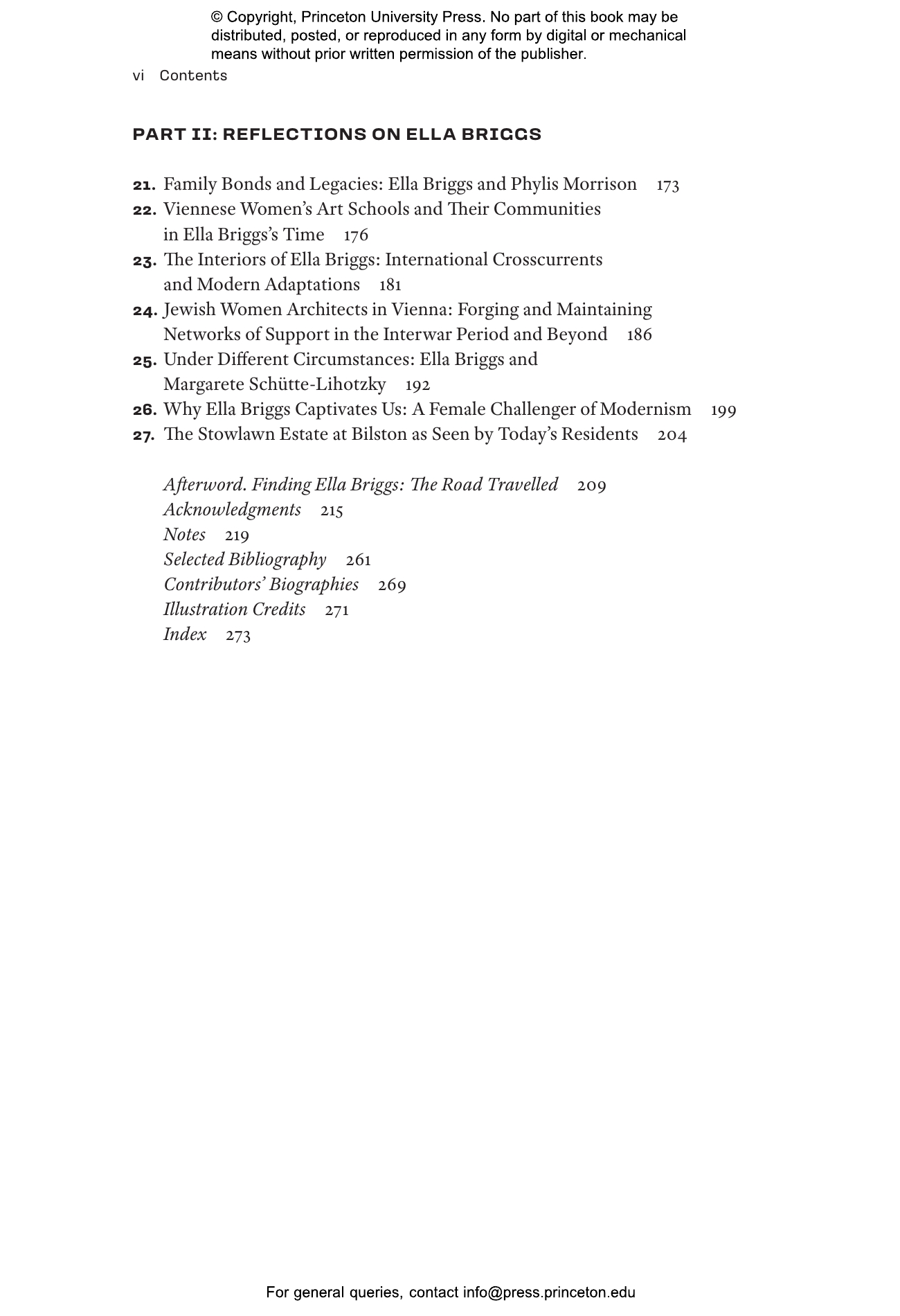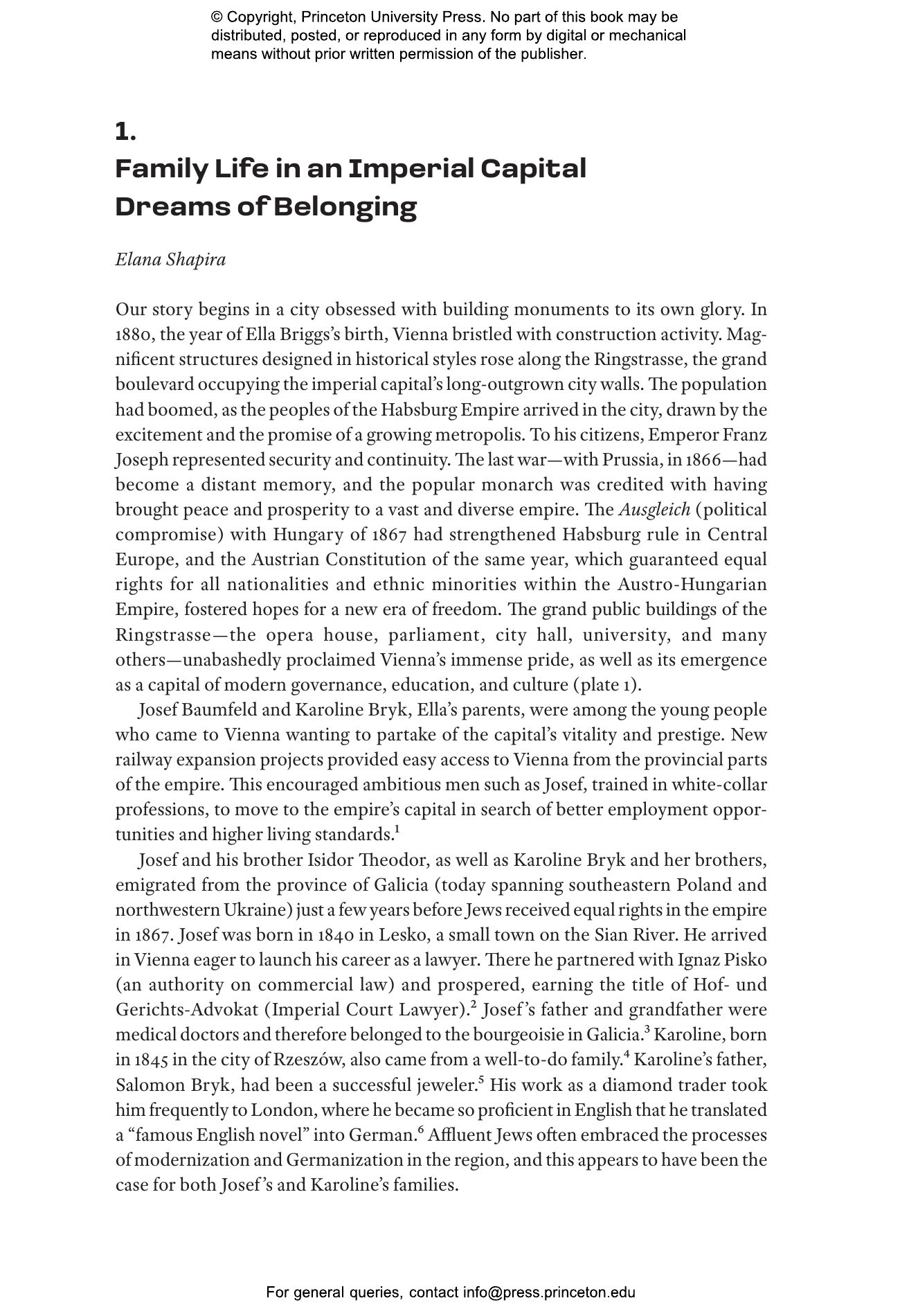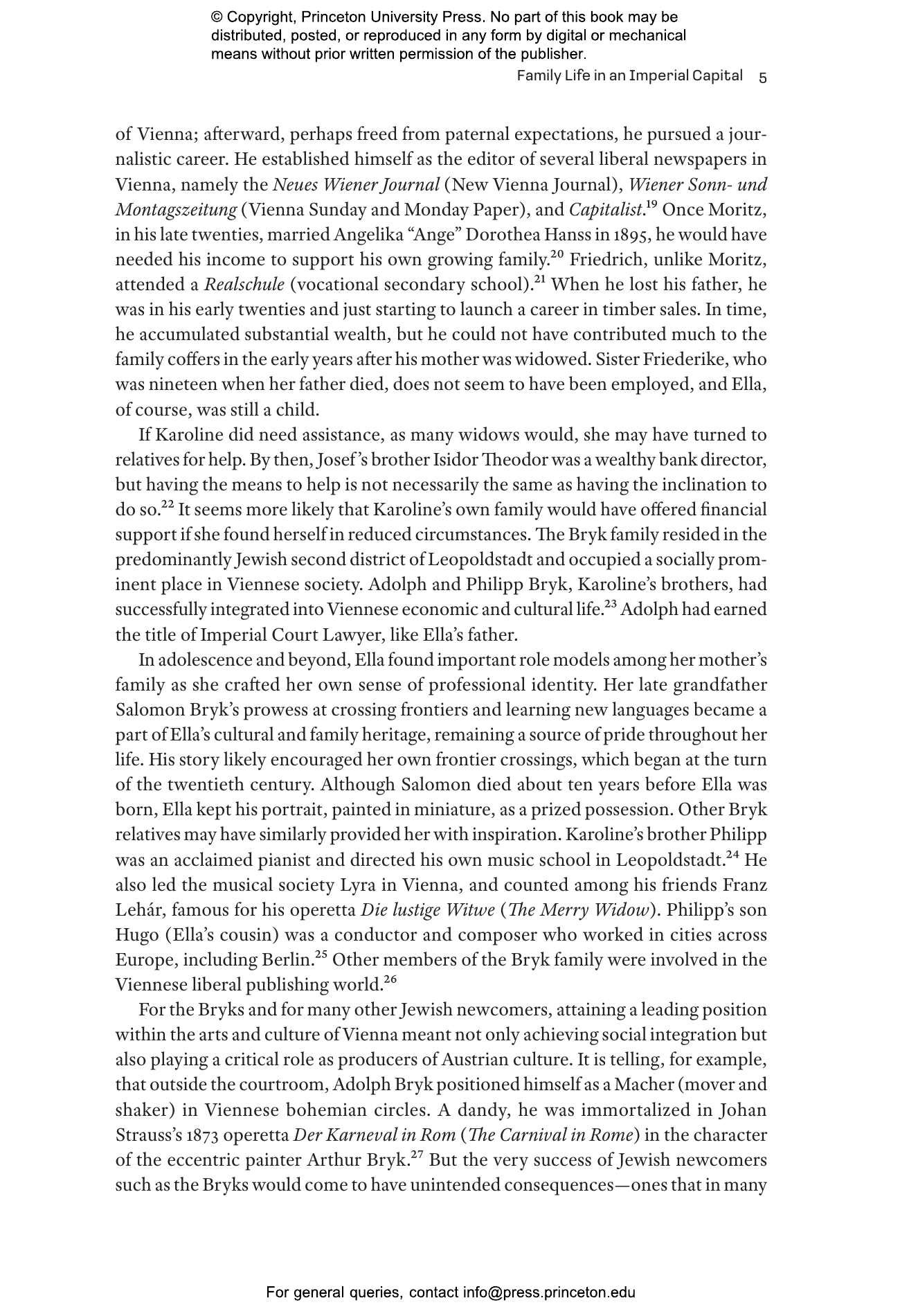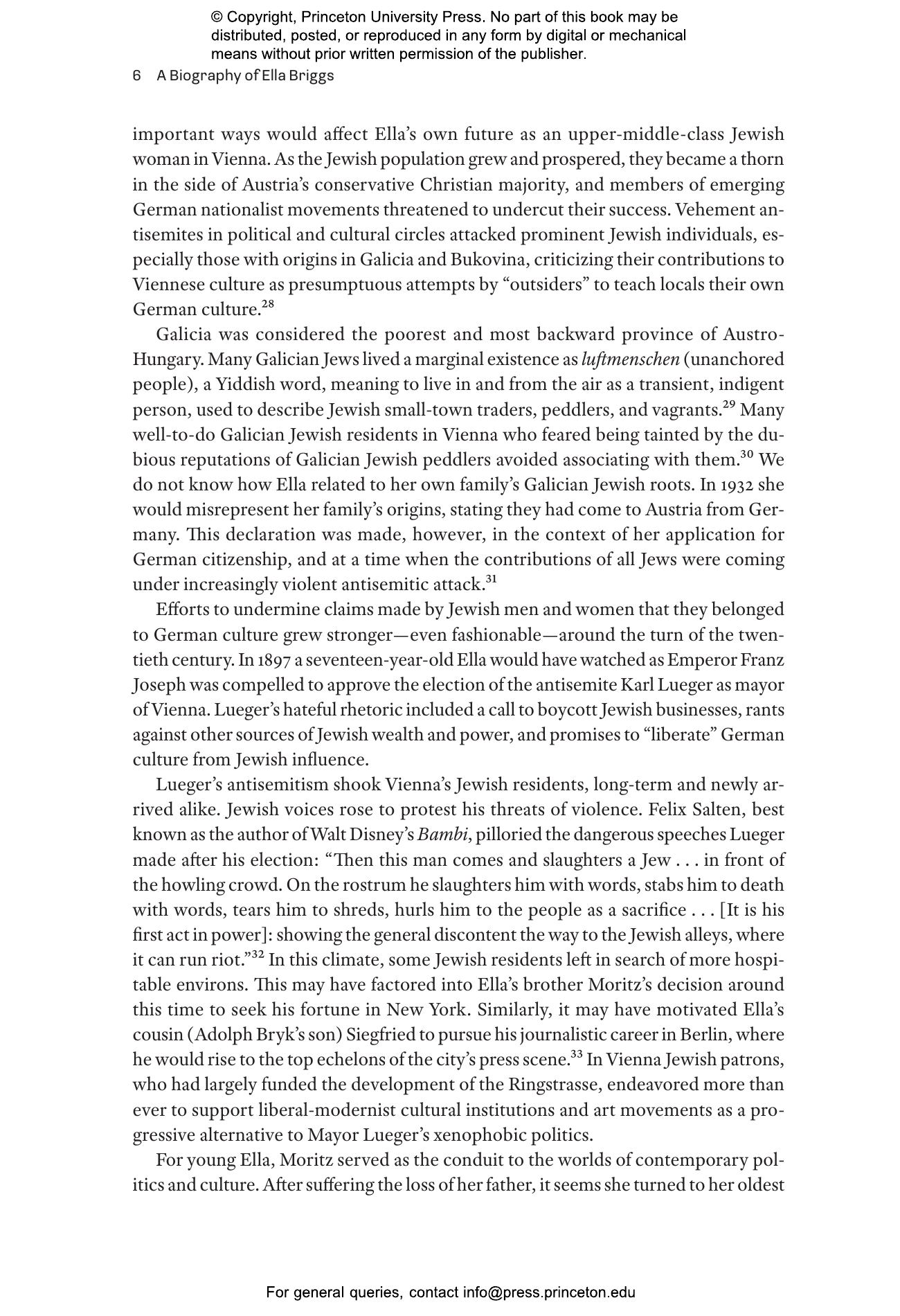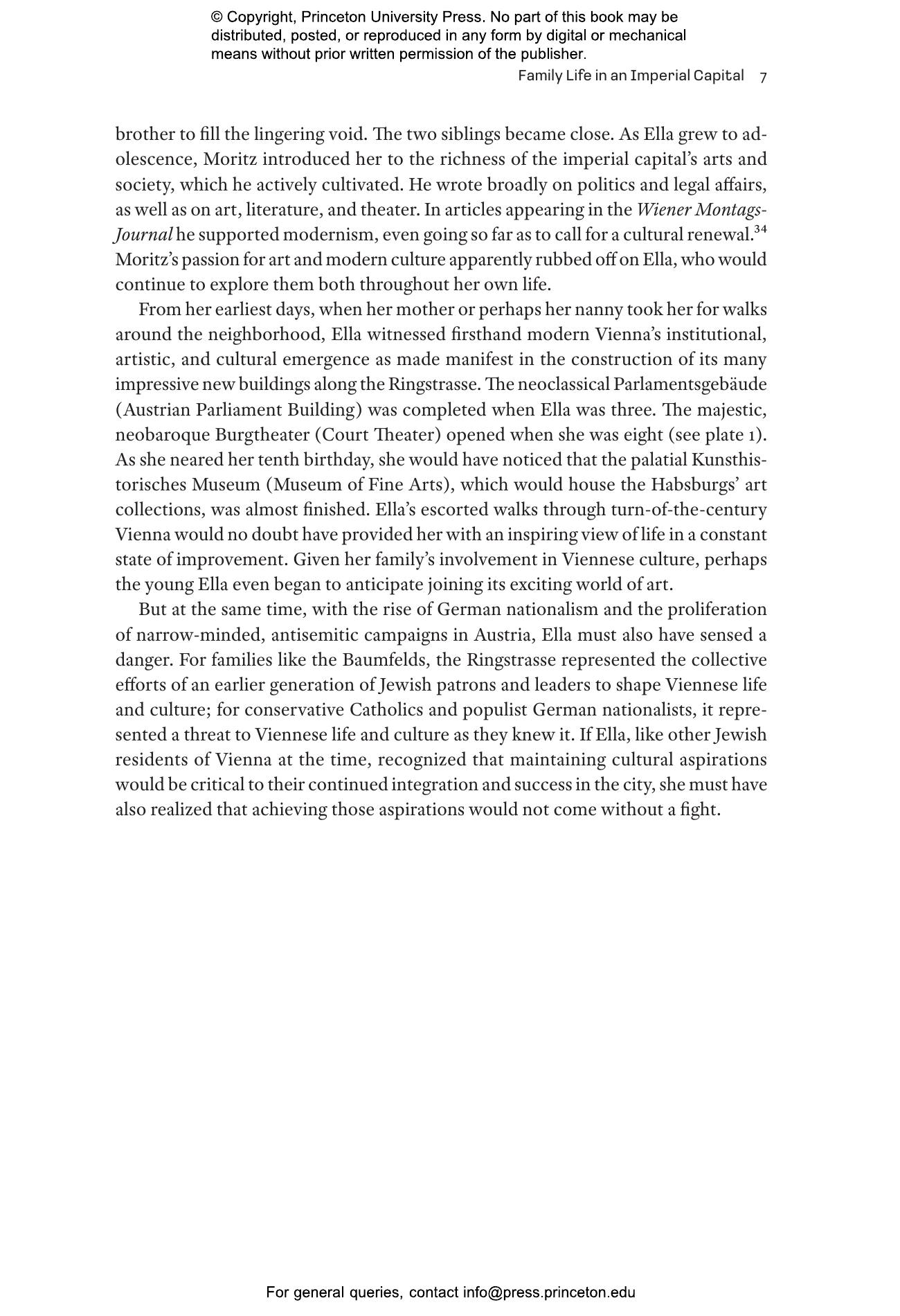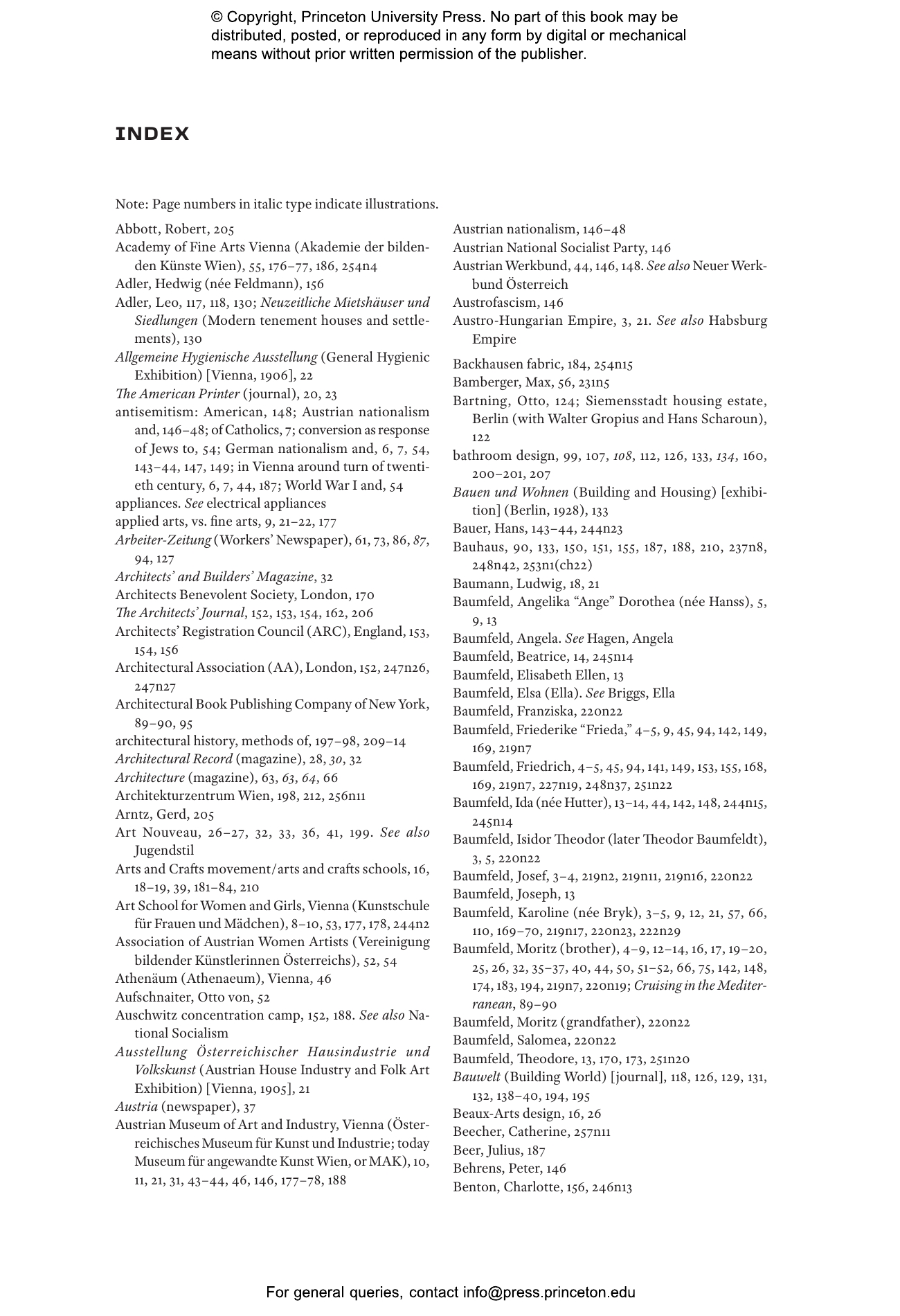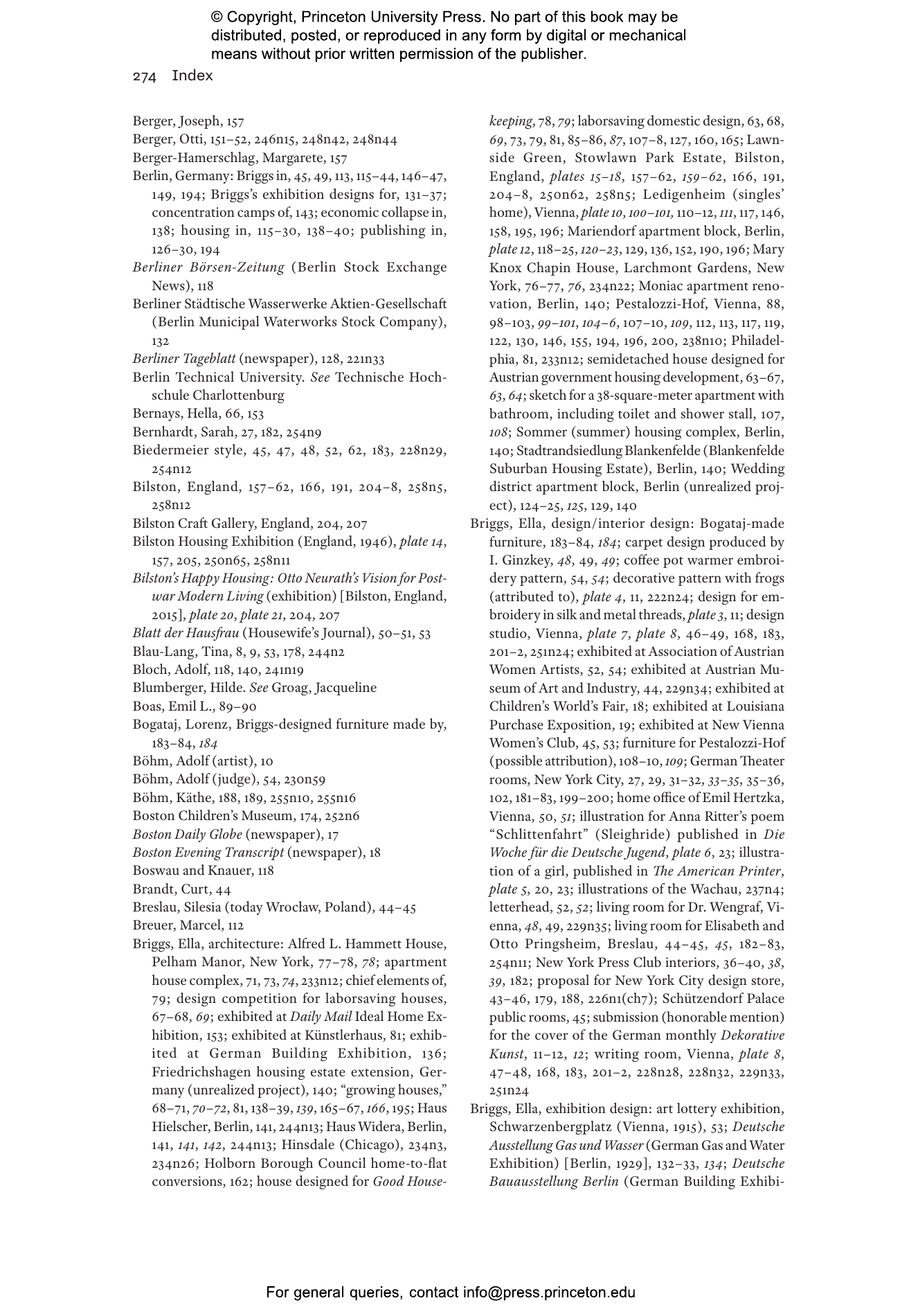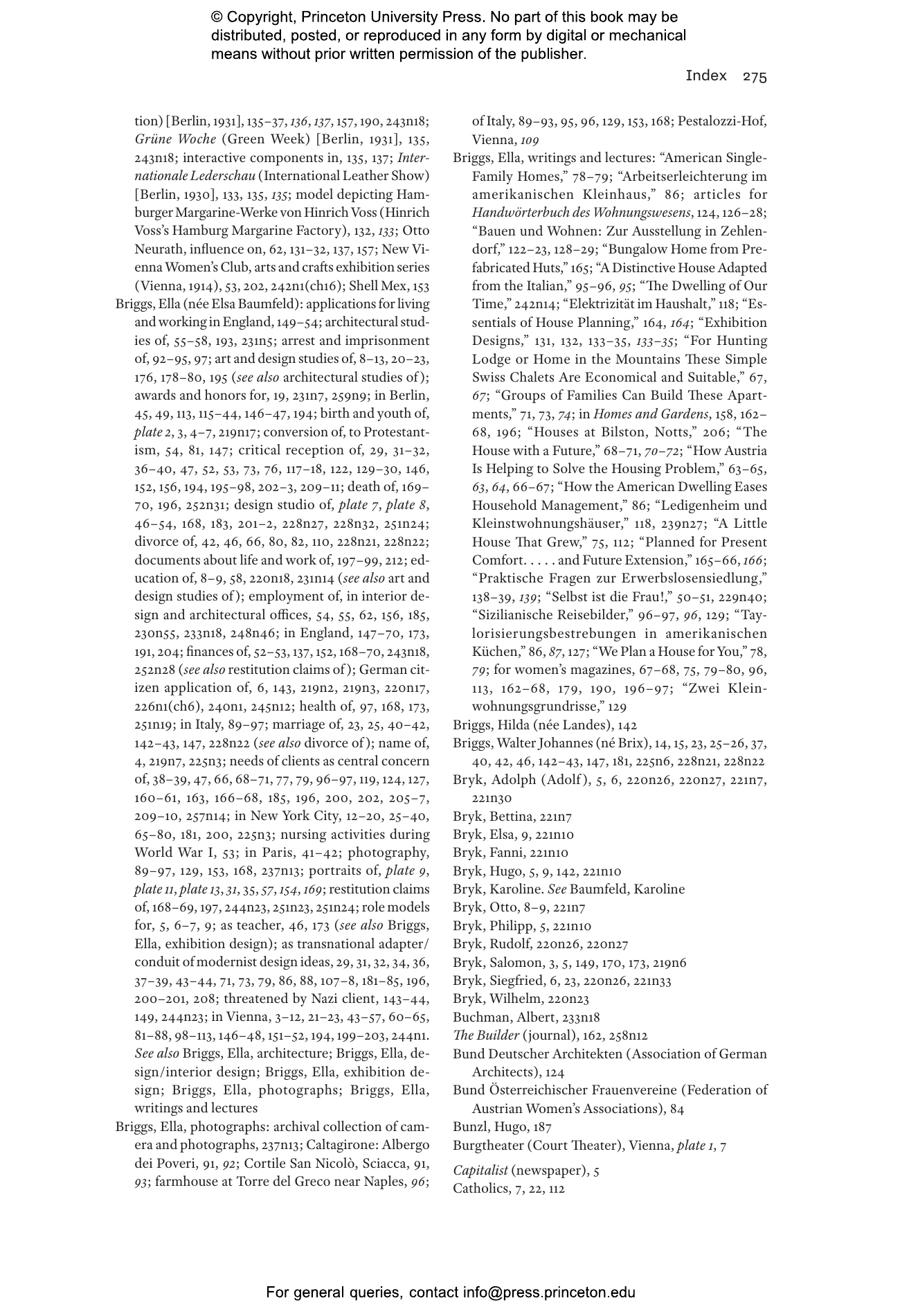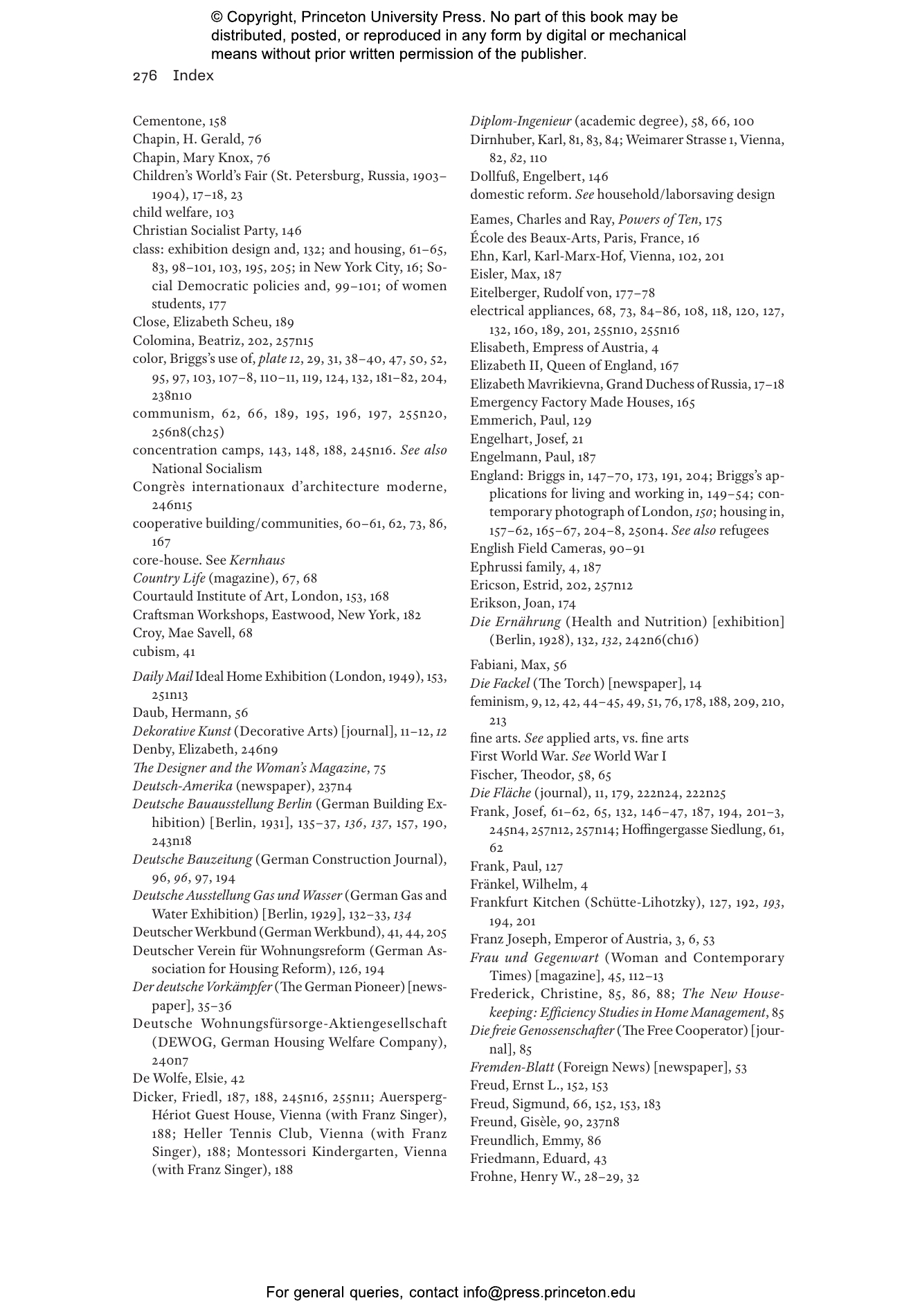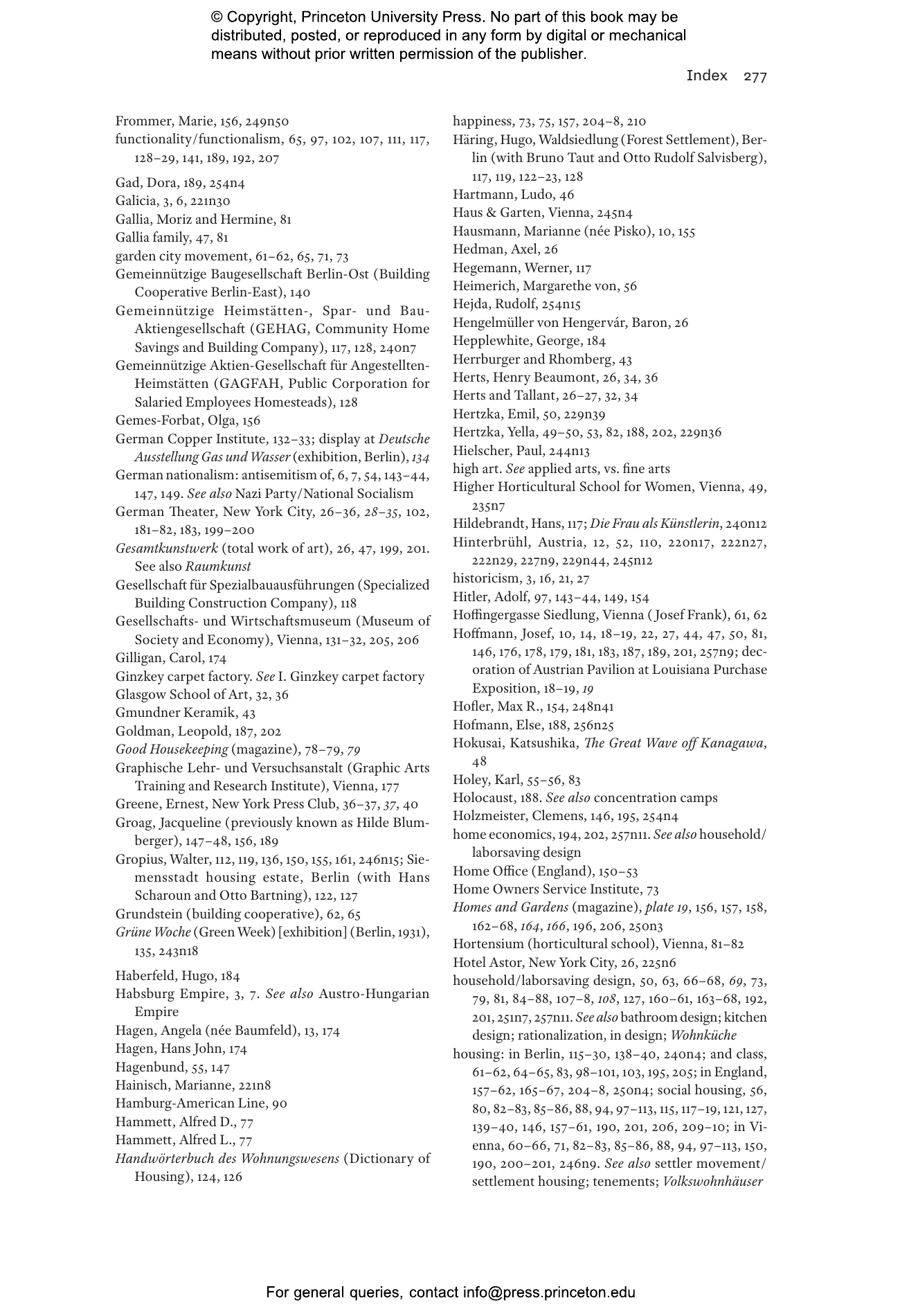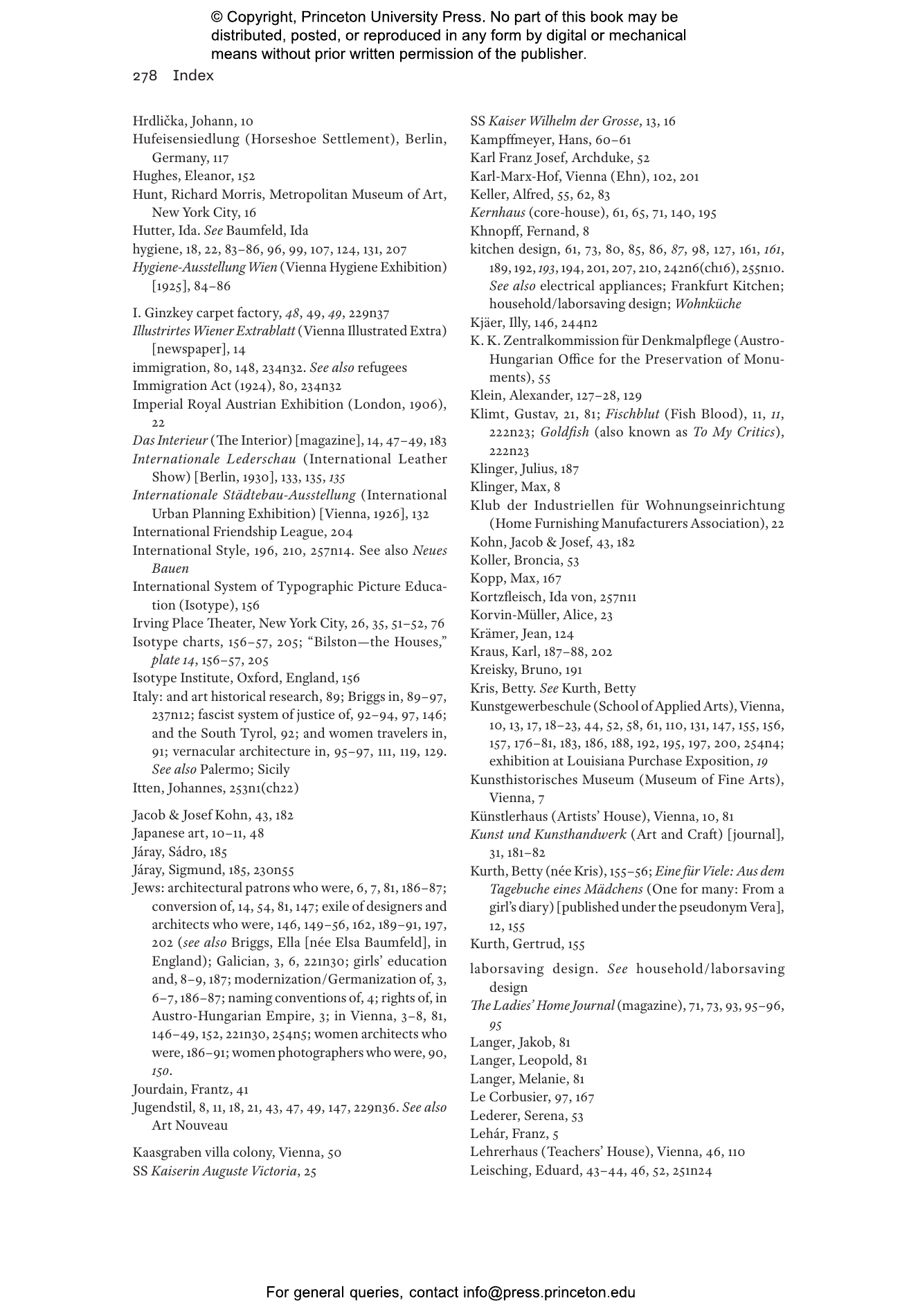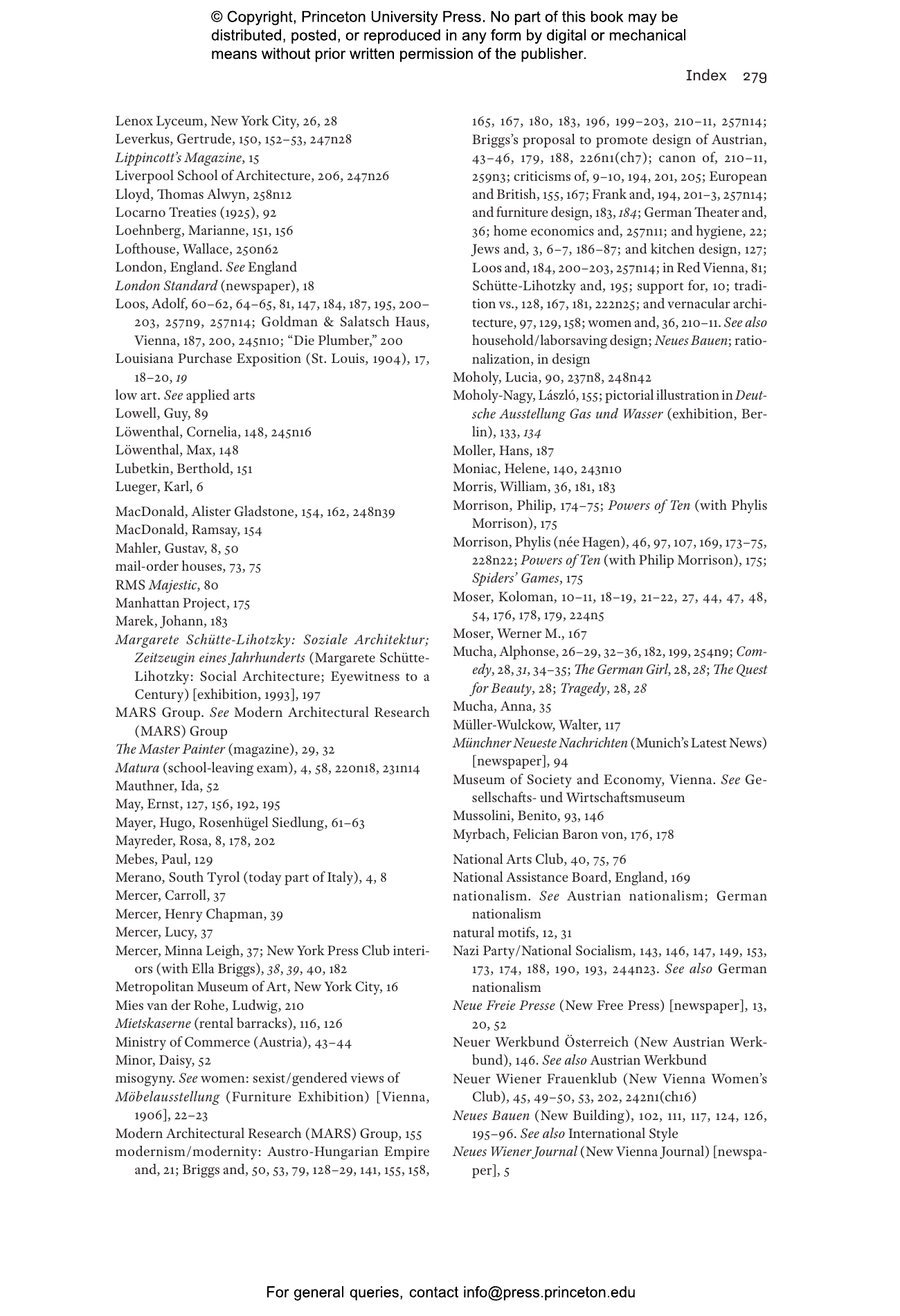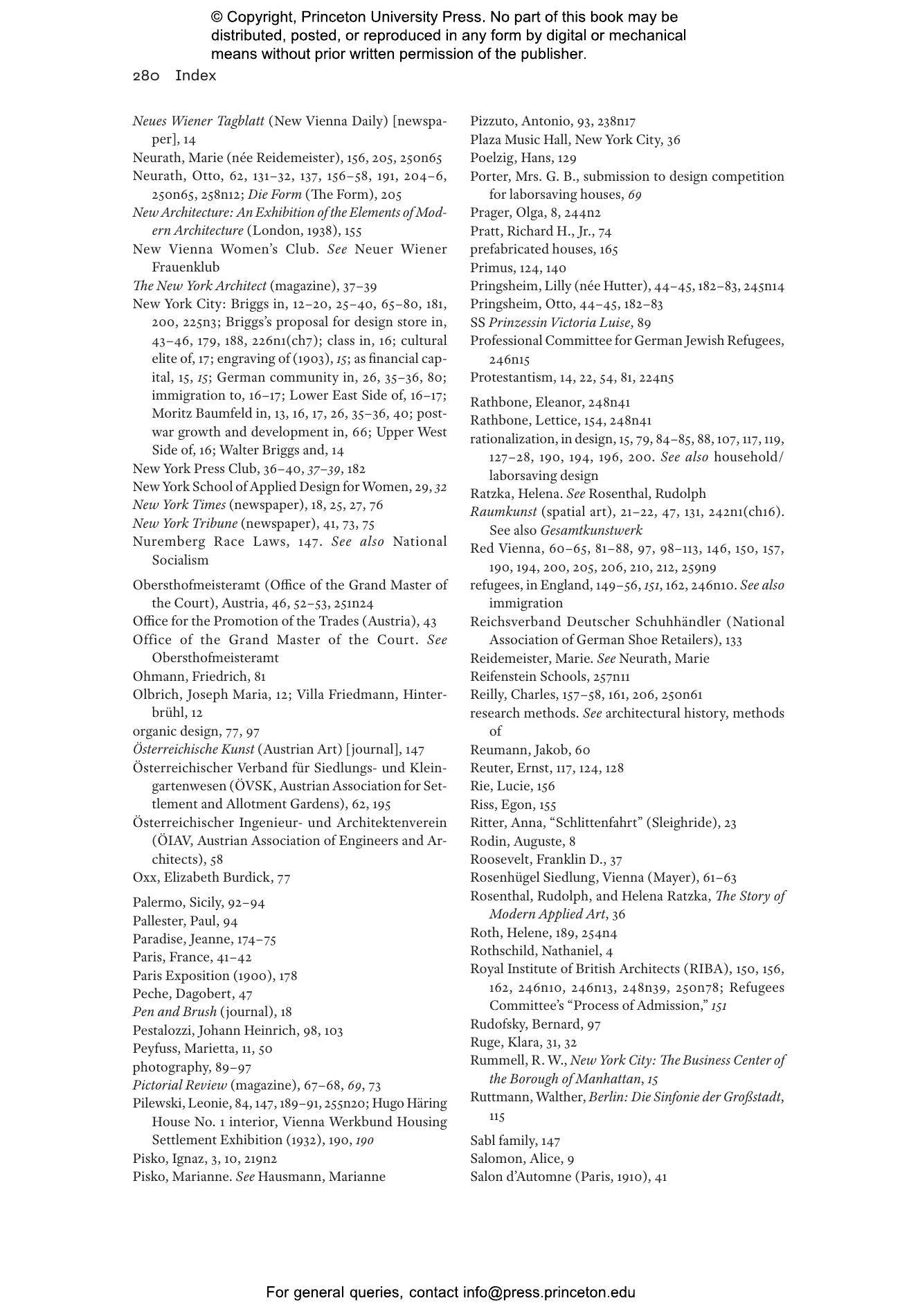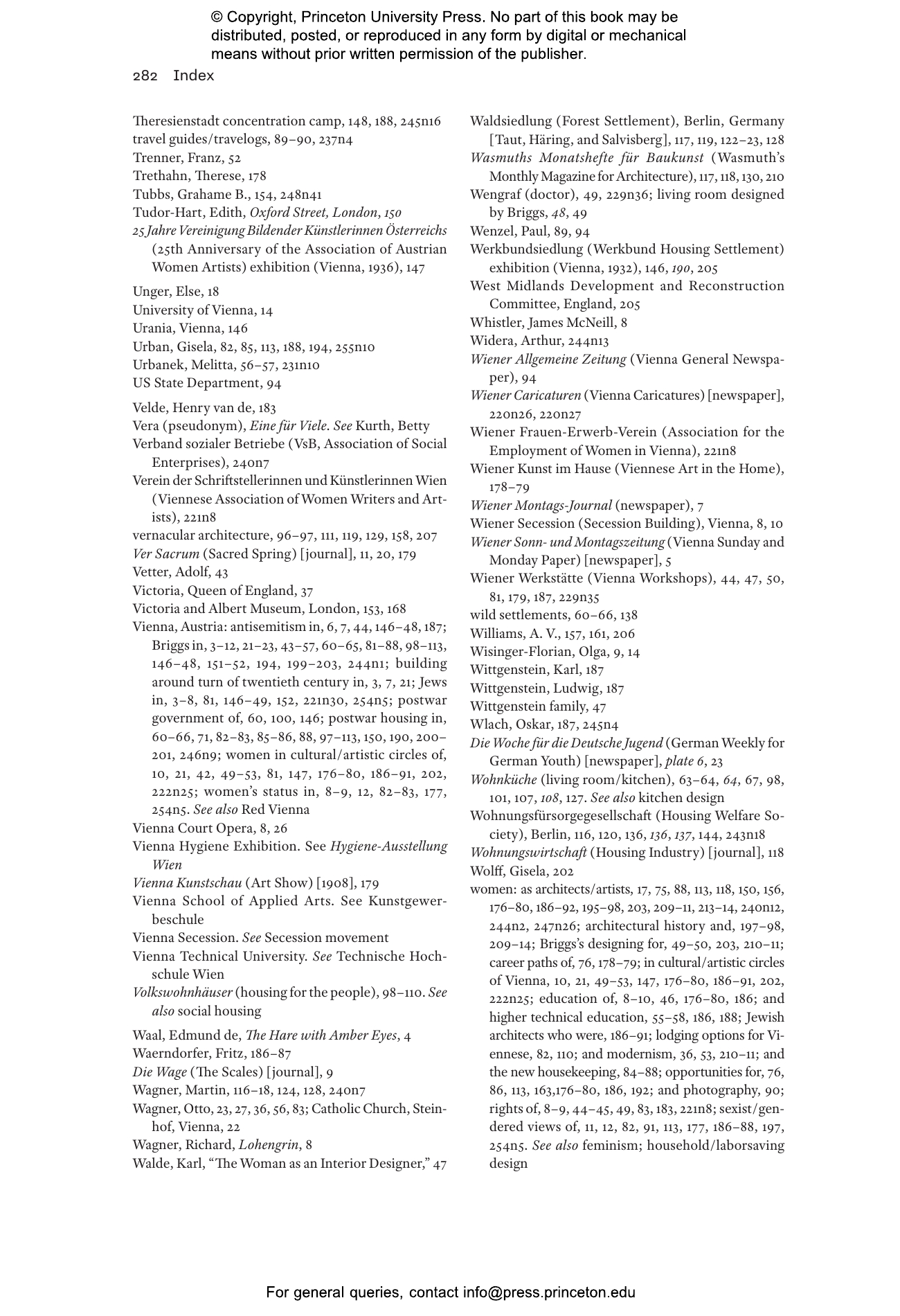Finding Ella Briggs: The Life and Work of an Unconventional Architect


Hardcover
ebook (EPUB via app)
- Sale Price:
- $27.97/£24.50
- Price:
-
$39.95/£35.00 - ISBN:
- Published:
- Oct 28, 2025
- Copyright:
- 2025
- 21 color + 86 b/w illus.
30% off with code PUP30
ebook (PDF via app)
-
Audio and ebooks (EPUB and PDF) purchased from this site must be accessed on the
91ÌÒÉ« app. After purchasing, you will receive an email with
instructions to access your purchase.
About audio and ebooks - Request Exam Copy
Ella Briggs (1880–1977) was a talented architect, designer, and writer whose influence was felt on both sides of the Atlantic. She trained with the Viennese Secessionists and brought their radical ideas to Gilded Age New York. She designed modernist housing for the masses in Austria, was jailed as a suspected spy in Mussolini’s Italy, and thrived in Weimar Germany before suffering persecution under the Nazis. Fleeing to London, she contributed to England’s postwar reconstruction. Yet despite a long and prolific career, her name is largely forgotten today. Finding Ella Briggs restores Briggs to her rightful place in the history of modernist design.
Despina Stratigakos and Elana Shapira bring together an international team of historians to provide the defining biography of this boldly unconventional designer. Whether she was fighting for integration at Europe’s architecture schools or writing about innovative houses for American women’s magazines like Good Housekeeping, Briggs embodied the transatlantic flow of modernism. This panoramic book uncovers new findings about Briggs, her networks, and projects, recovering the many facets of a life that spanned global borders and cultures.
Beautifully illustrated and drawing on a wealth of previously unpublished research from archives around the world, Finding Ella Briggs is the inspiring story of a woman who defied all obstacles to pursue her dream of designing for the modern client.
With contributions by Megan Brandow-Faller, Celina Kress, Dörte Kuhlmann, Ulrike Matzer, Christine Oertel, Eva B. Ottillinger, Barbara Penner, Sabine Plakolm-Forsthuber, Monika Platzer, Ursula Prokop, Sabrina Rahman, Katrin Stingl, Carmen Trifina, and Christine Zwingl.

